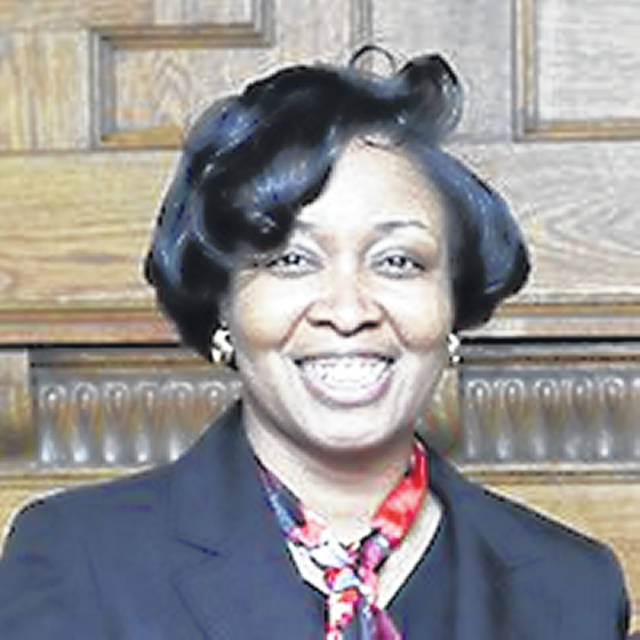The October report from the National Center for Education Statistics revealed some serious concerns regarding the 2023-24 academic year, as more than 1,300 K-12 schools across the country are still struggling due to the aftereffects of the COVID-19 pandemic.
The data collection was completed in mid-August, and two primary findings were that 45% of public schools felt they were stretched thin as a result of being understaffed, and there was difficulty in finding and hiring skilled general elementary and special education teachers. Overall, two-thirds of the schools in the NCES national sample size reported that hiring qualified teachers was “their biggest challenge.” Perhaps what is least surprising of these results is that public schools located in low-income areas that were hit hardest by COVID had staffing shortages close to 60%. The lack of staff and competent teachers for high-poverty schools only exacerbated the inequities of funding and resources that existed long before the pandemic.
When considering the current state of public schools three years post-COVID, K-12 educators are facing a significant crisis. The possibility of a strike by teachers in Portland, Oregon’s largest school system is one of many examples of teachers’ frustrations with their present working conditions while still dealing with the impact of COVID that caused many students to fall behind academically during the shutdowns. Portland teachers are demanding new contracts with higher salaries to adjust for rising costs of living, and they are requesting smaller class sizes and more time that can be allocated for course preparation. A strike looms at the end of October if a new deal is not reached between the union and the district.
Oregon teachers fighting for better wages and benefits is on par with what their colleagues in Columbus, Ohio; Oakland, California, and other states have petitioned for. Research from the Urban Institute documented that prior to the pandemic there was an increase in teacher strikes from 2018 to 2019 in Arizona, Colorado, Kentucky, North Carolina, Oklahoma, South Carolina and West Virginia. It is going to be difficult to recruit talented young teachers to classrooms with labor disputes like these throughout the nation.
I have, however, personally observed a small silver lining regarding the future of K-12 education in Ohio. Several of my students in my English composition classes at Ohio State University’s Lima campus are early childhood education majors and look forward to becoming teachers. When we had discussions on Gen Z and education earlier this semester, I think some of their peers preparing to go into higher-paying fields were a little surprised by their career choice. These aspiring teachers are well aware that their compensation will not be comparable to a classmate planning on, for instance, becoming a software engineer, a job that currently pays an entry-level salary of $88,855 in Columbus, according to Glassdoor. Salary.com calculates beginning teachers in Columbus earning between $35,415 and $51,728.
What is encouraging to me is that lower teacher pay is not deterring these students. They see a great need, and I believe that going through the pandemic has provided them with more determination. They were freshmen in high school when COVID hit, and they experienced firsthand how the pandemic altered education and exposed a glaring lack of resources when digital learning replaced their in-person classes. This has motivated them to work to help close public education gaps for students who come from families with fewer means. My students have also seen the benefits and drawbacks of how technology is evolving in the classroom, and they will bring fresh, innovative ideas to boost engagement in school.
I have the utmost respect for those who tirelessly labor in K-12 education. Many teachers who persevere despite obstacles that seem insurmountable at times would definitely say that their job is a calling. I’ve always viewed genuine and inspirational teaching as a special gift from God, one that can stir up the innate gifts He places in children. Despite the troubling report the NCES recently released, there are some future teachers, like my students, who want to draw out these gifts when they enter the profession. They are poised to meet the standards of becoming “qualified” educators, which provides some much-needed hope for our public school systems.
Dr. Jessica A. Johnson is a lecturer in the English department at The Ohio State University-Lima. Reach her at [email protected] or on Twitter @JjSmojc. Her opinion does not necessarily represent the views of The Lima News or its owner, AIM Media.







